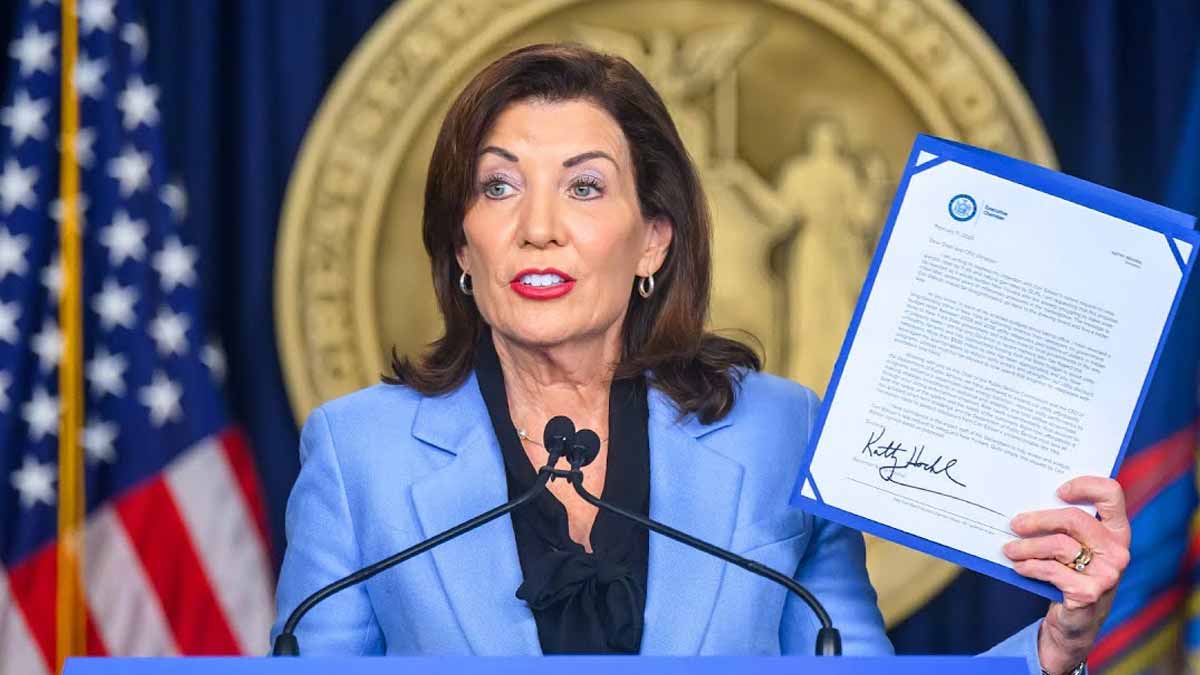Bills are rising, and the debate is louder than the meters. The utility rate increase set for households has become a test of policy, pocketbooks, and trust. Leaders insist service must stay safe and reliable, while families ask how to pay. The stakes feel high, yet options exist to cushion the blow, and choices now matter. Details from regulators, utilities, and elected officials shape the next months, as help programs expand and public input opens, with pressure building on every side.
What changes for National Grid customers
National Grid now has a three-year electric and gas rate plan approved on Thursday, Aug. 14, by the New York State Public Service Commission. The average bill is projected to rise about $22 per month, with nearly 10% higher charges in September. By 2027, the typical upstate household faces about $600 more each year, or $50 each month, under the plan.
The utility rate increase follows talks that state leaders said began in May. National Grid and other utilities first sought nearly $1 billion more through April 2027. The company serves 2.3 million customers in Upstate New York, while major providers also include Consolidated Edison, Central Hudson, NYSEG, and Orange and Rockland.
Governor Kathy Hochul announced a separate $32.36 million FAST NY award for Oneida County infrastructure at Mohawk Valley Community College’s Rome campus. She then addressed the rate plan, linking affordability, reliability, and long-term grid needs. The PSC, she said, must weigh safety, costs, and future service as usage and equipment demands keep changing.
How the utility rate increase was approved and framed
Regulators voted unanimously, citing legal duties to ensure safe, adequate service at just and reasonable rates. The plan aims to maintain aging wire networks and gas mains, which drive delivery costs and require steady work. Officials described a forward-looking approach that seeks customer benefits while placing affordability “first and foremost.”
Hochul said negotiators pushed back on a double-digit jump. According to her, the company wanted 10%, while the state pushed for zero, and talks ended at 3.2%. The headline percentage and the bill impact differ, because multiple charges and phases affect monthly totals over time.
The PSC emphasized public interest goals that also support state objectives. Grid upgrades reduce outages and safety risks, while better planning helps avoid emergency repairs. Delivery charges pay for poles, lines, and crews, and these needs persist as generation sources evolve. The Commission argued that stable service, and fair rates together, protect customers.
Reactions, oversight, and paths for public pushback
Hochul stated she opposed the increase and promised strict oversight, saying the state would watch the company closely. Senator Joe Griffo, a Rome Republican, criticized the vote, and he questioned the governor’s outrage, since she appoints most commissioners and selected the chair. He called for real relief rather than blame.
Assemblywoman Marianne Buttenschon reported frustration from residents, seniors, and businesses, and she argued affordability must come first. She urged New Yorkers to comment on the Draft State Energy Plan at energyplan.ny.gov by Oct. 6. Public input, she said, can shape long-term choices and balance reliability with household costs.
For formal complaints, Public Service Law Section 71 allows action by a petition signed by 25 or more customers, or by a mayor or village trustee. That process targets the quality and price of electricity and gas service. As this utility rate increase lands, collective petitions create leverage, while individual calls still document specific harms.
Programs to handle the utility rate increase and cut monthly bills
Bill credits can arrive automatically through the Energy Affordability Program when households receive a HEAP grant or qualify for other aid. Residents should also check National Grid’s bill assistance programs, which include payment plans that spread balances. Lower usage still helps, since delivery and supply both scale with consumption.
To complain directly, customers can contact the Department of Public Service at dps.ny.gov/file-complaint or call (800) 342-3377. National Grid’s customer support is at nationalgridus.com/Upstate-NY-Home/Contact-Us or (800) 642-4272, and consumer advocates can connect households to local help. Documentation, including bills and income records, speeds decisions.
Because supply and delivery are separate, people may choose an independent energy supplier while National Grid continues delivery. Community solar can add a simple bill discount without rooftop panels. Energy-saving programs offer rebates for insulation, smart thermostats, efficient appliances, and lighting, cutting usage right away and reducing future increases.
Practical pressures, numbers, and household decisions
Families feel the change as fixed costs rise while groceries and rent also climb. A $22 average monthly jump strains tight budgets, and a 10% bump in September compresses choices fast. By 2027, the extra $600 a year tests savings plans, so households need clear steps now.
Track usage closely, then shift habits where gains are easiest, because small changes compound. Laundry on cold, sealed drafts, and improved attic insulation lower kilowatt-hours and therms. Bill alerts, mid-cycle checks, and payment plans help avoid late fees. A spending calendar, paired with payoff goals, reduces stress.
Hochul’s team said they moved the company off larger asks, while critics argued the state still allowed too much. The PSC framed the plan as fair, and as necessary to sustain the grid. Amid this utility rate increase, households balance immediate bills with longer term upgrades that keep costs in check.
What to do next as bills and debates intensify
Community resources, targeted credits, and careful usage can blunt the shock, while leaders argue over direction. The utility rate increase tests every promise about reliability and fairness, yet people are not powerless. File comments, explore programs, and keep records, because each action can lower charges and shape the plan that follows.
